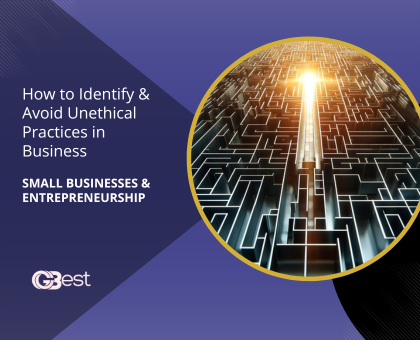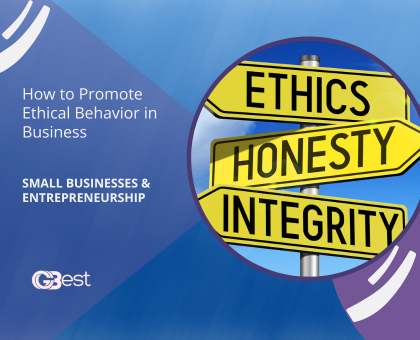When we think of bullying, it’s not unusual to imagine a group of children on a school playground in which the “bigger, badder” ones tease, ridicule and maybe even physically assault their smaller, less powerful classmates. It is hardly likely that anyone is a stranger to the concept of bullying. Almost all of us at some point in our lives would have encountered bullying, whether as a direct victim or as a bystander or maybe even as a playground bully.
This last decade has seen the advent of new forms of bullying, specifically cyber-bullying, which has had quite damaging and far-reaching effects on the Millennial generation in particular. Fortunately, though, access to new and advanced information and communication technologies has brought greater awareness of socially harmful phenomena such as bullying and has provided greater opportunities for victims to seek solidarity and support and to take a stand against bullying in its different forms.
As Millennials come of age and establish their footing in the workforce, we see that their awareness of, and sensitivity to issues such as bullying are now also making their way into the modern work environment. It is here that we turn attention to the crux of the matter: Bullying in the Workplace. Perhaps in generations gone by, this phenomenon may have been overlooked as harmless “competition” among employees, never as something sufficiently toxic to merit employer intervention.
Workplace bullying has been defined as “repeated, health-harming mistreatment” which typically includes “verbal abuse; offensive conduct/behaviours (including nonverbal) which are threatening, humiliating, or intimidating; and work interference—sabotage—which prevents work from getting done” (Workforce Bullying Institute). It is also important to distinguish between constructive criticism and bullying. Negative feedback directly related to workplace behaviour or job performance aren’t considered bullying; only if this criticism is meant to intimidate, humiliate, or single someone out without reason is it considered bullying.
While Millennials have often been criticised as hypersensitive and easily offended, bullying in the workplace has been found to pose a serious threat to the stability and productivity of employees and the wider work environment. On a personal level, bullying can cause significant harm to employees, triggering anxiety, depression, and in extreme cases, suicidal thoughts and behaviours. Bullying can also threaten a company’s financial position. For example, if victims take legal action against the bully or the company employers stand to bear thousands of dollars in legal costs. Counselling services for victims as well as anger management or sensitivity training in response to workplace bullying could become quite costly over the long run.
Not forgetting the power of the ICTs in the age of collective consciousness, bullying in the workplace could seriously compromise the financial viability of companies which depend on positive publicity and patronage to keep them profitable. A negative reputation could also deter young, highly educated job seekers from applying to companies where bullying is unchecked, making it extremely difficult for these companies to recruit and capitalise on valuable young talent.
Prevention is key in ensuring that employees have what they need to feel safe, valued and productive. That said, employers must appreciate the importance of addressing and preventing workplace bullying so as to protect the most vulnerable members of their workforce and to safeguard the profitability and reputation of their organisations.
Contributor: Sadiyah Mohammed









